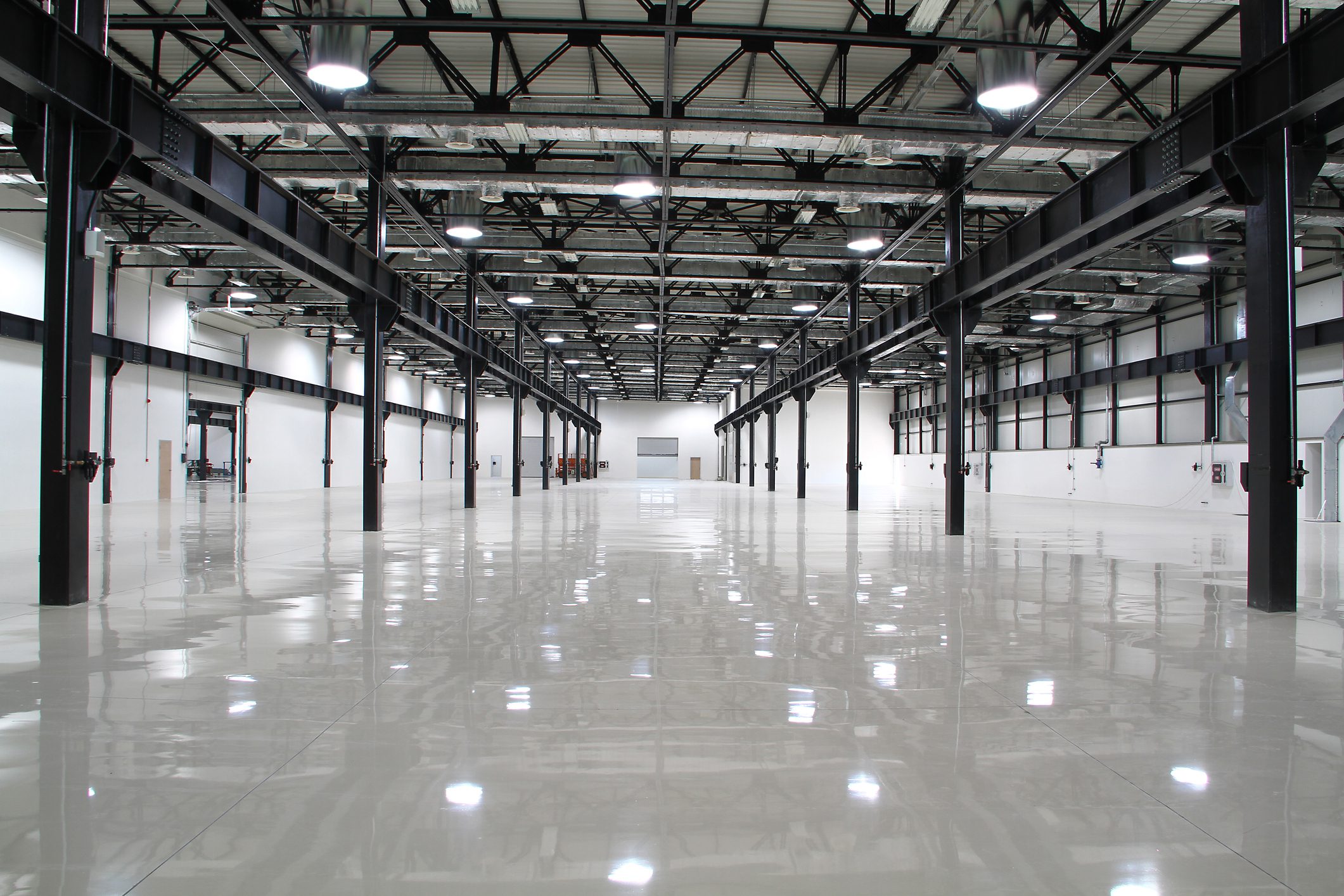Ventilation is a crucial aspect of designing and operating grow facilities, especially for indoor cultivation where the natural airflow is limited. Proper ventilation helps maintain a healthy and controlled environment by removing excess heat, humidity, and odors while providing fresh air and carbon dioxide to the plants. The specific ventilation requirements for a grow facility can vary depending on several factors such as the size of the facility, the number of plants, the lighting system used, and the desired environmental conditions. However, here are some general considerations and guidelines for ventilation in grow facilities:
- Air Exchange Rate: The air exchange rate refers to the number of times the entire volume of air in the grow facility is replaced per hour. This rate depends on factors like the stage of plant growth, the intensity of lighting, and the environmental control strategy. A common recommendation is to achieve at least 20-30 air exchanges per hour (ACH) during the vegetative stage and 60-80 ACH during the flowering stage.
- CFM (Cubic Feet per Minute): CFM is a unit used to measure the airflow capacity of ventilation systems. To determine the required CFM for your grow facility, you need to calculate the total volume of the space and multiply it by the desired air exchange rate. For example, if you have a grow room with a volume of 10,000 cubic feet and aim for 30 ACH, you would need a ventilation system with a capacity of 10,000 CFM (10,000 cubic feet * 30 ACH).
- Intake and Exhaust: A balanced ventilation system usually consists of an intake and an exhaust. The intake brings in fresh air from outside the facility, while the exhaust removes the stale air. It’s important to position intake vents at a lower level, close to the floor, to ensure proper air circulation and minimize temperature stratification. The exhaust vents should be placed at the top of the room to facilitate the removal of hot air that rises.
- Carbon Filters: Using carbon filters in the exhaust system can help control odors, especially in facilities located in residential or sensitive areas. Carbon filters trap and neutralize odorous molecules before the air is expelled outside. The size and type of the carbon filter should be selected based on the anticipated odor load and the airflow capacity of the exhaust system.
- Environmental Control: Ventilation systems are often integrated with environmental control systems to maintain optimal temperature, humidity, and CO2 levels. These systems can be automated to adjust the ventilation rates based on sensor readings and setpoints, ensuring a stable and favorable environment for plant growth.
- Ducting and Air Distribution: Proper ducting and air distribution play a crucial role in ensuring even airflow throughout the grow facility. Well-designed ducting systems, with smooth and properly insulated ducts, minimize pressure losses and prevent heat transfer. Additionally, using fans and air circulation devices strategically within the facility helps to distribute air evenly across the plants, preventing stagnant air pockets and facilitating efficient gas exchange.
Remember that these guidelines are general, and it’s important to consider the specific requirements of your grow facility, the plant species being cultivated, and any local regulations or building codes that may apply. Consulting with professional and experienced engineers can provide valuable insights for designing an effective ventilation system tailored to your specific needs.








